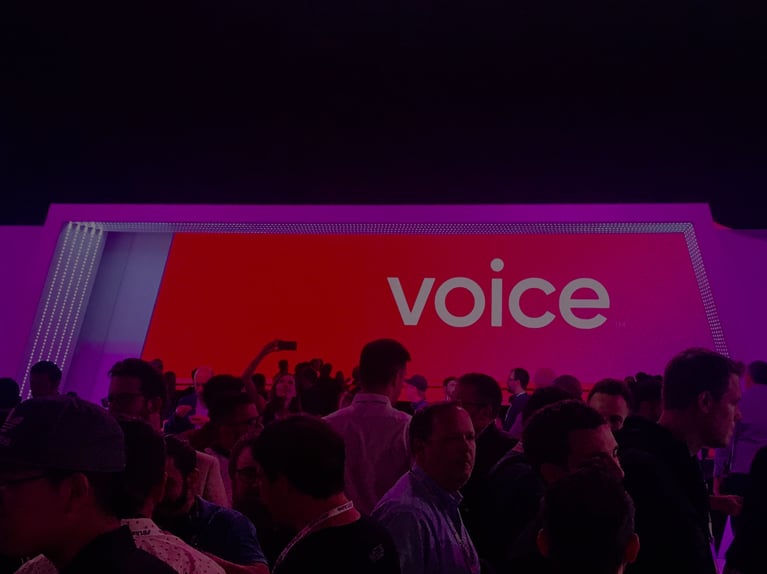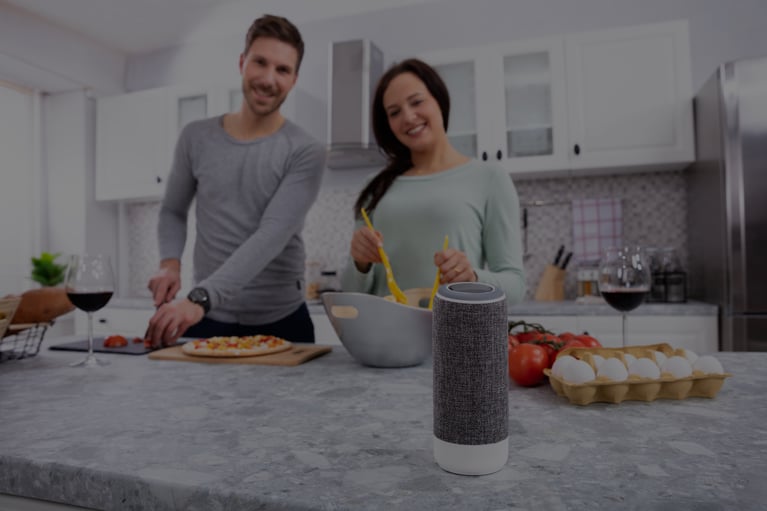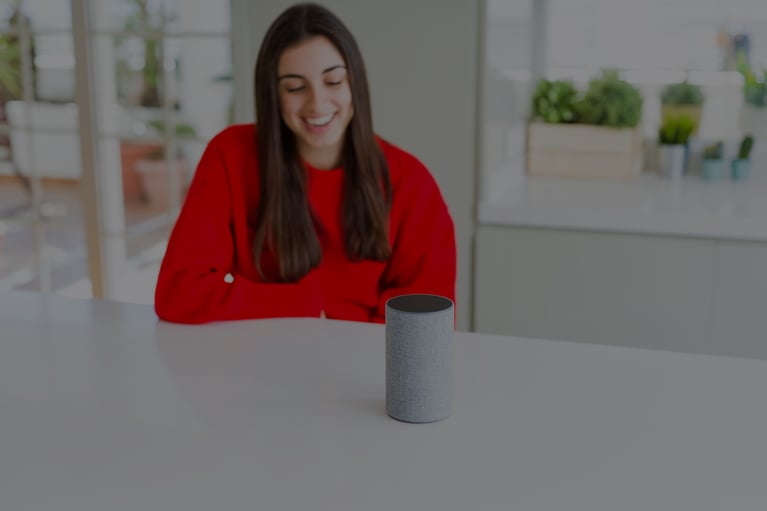Alex Farr
VEO (Voice Engine Optimization) is the process of improving the visibility of your organization on voice assistants such as Cortana, Google, and Alexa.
It’s like SEO but for voice rather than web.
.png?width=1000&name=VEO%20(2).png)
Most organizations have long had an SEO strategy, and plenty of businesses depend on being on the first page of Google, but few are ready for the wave of consumers switching to voice search.
VEO requires a different approach to SEO because of three key differences between how people search on voice, how the results are presented, and where the information comes from. Learn why the stakes are higher in VEO than traditional SEO.
1. HOW PEOPLE SEARCH ON VOICE
We, obviously, use voice search very differently than a web search. We talk to voice assistants just as we would a human being, because they’re intelligent enough to understand the intent behind our requests.
Google states that 70% of searches on Google Assistant use “natural language”. This means search terms or phrases are becoming longer and containing more filler words like ‘a’, ‘to’, or ‘the’ - which you wouldn't typically see on a web search.
2. HOW THE RESULTS ARE PRESENTED
Users don’t get 10 blue links to browse through on voice search; they simply get a short answer read out. In Google’s instance, that answer usually comes from one of two places:
Knowledge Graph - these are the information boxes that appear when you perform a web search for people, places, organizations, or things.
Featured Snippets - these are the answer boxes that appear at the top of Google's organic results when you perform a web search for anything else.
It’s these SERP features that have caused organic clicks on Google to drop by 37% - and because the information they provide is concise, it makes sense that they would power voice.
3. WHERE THE INFORMATION COMES FROM
If you type your organization’s name into Google, your website should (hopefully) be the first result.
Not on voice.
A Voicebot study found that when Google Home and Amazon Alexa were asked “What is [brand name]?”, the assistants sourced information from Wikipedia over 99% of the time. If you don’t have a Wikipedia entry or a branded Voice App for users to engage with directly, then you probably don’t have a presence on voice - or any control of your customer experience on it.
Wikipedia won’t be the go-to source for brand information forever. Algorithms are constantly evolving and we expect that voice assistants will start to automatically refer to Voice Apps for information, or to brand websites that have voice-optimized content on their site (learn how to optimize content for voice).
Until algorithms get smarter or you launch a Voice App, there’s no certainty where your brand-related content will come from. There’s a high chance your customers will hear “I don’t know” when asking Google about your brand.
Search algorithms are designed to provide users with the most optimal experience. Ultimately, that is powered by a Voice App, where you can solely design for conversation and not for screen-based devices as well.
Voice Apps are the easiest way to win in VEO.












